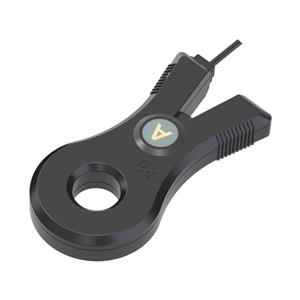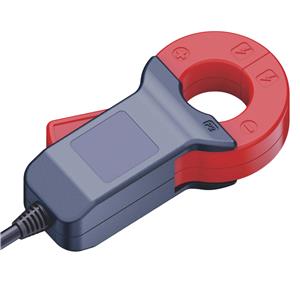A Technical Overview of DC Current Transformers: Essential Components in Modern Power Systems
DC Current Transformers (DCCT), also known as direct current transformers, play a pivotal role in the efficient and reliable monitoring of direct current (DC) power systems. These devices are designed to transform high-level DC currents into measurable secondary signals that can be read by instruments or control systems without being affected by electromagnetic interference.

At their core, DCCTs consist of a primary winding made from robust insulation material that surrounds the conductor carrying the high current, and a secondary winding that converts this current into a proportional voltage output. The primary winding is typically immune to common mode voltages, ensuring accurate measurement even in the presence of common ground issues.
One critical feature is the use of precise magnetic cores, which minimize core saturation and maintain accuracy over a wide range of DC currents. Advanced designs employ Hall-effect sensors or Rogowski coils for non-invasive current measurement, ensuring minimal impact on the system's integrity.
DCCTs find applications in various sectors, such as renewable energy plants, battery storage systems, and electric vehicle charging infrastructure, where accurate current monitoring is vital for safety, efficiency, and predictive maintenance. Their immunity to harmonics and AC pickup makes them suitable for environments where clean DC signals are crucial.
In conclusion, DC Current Transformers are indispensable tools for modern power systems, enabling efficient data acquisition and control by converting high-level DC currents into manageable levels for metering, protection, and control systems. As technology evolves, these transformers continue to adapt, leveraging advancements in materials science and sensor technologies to enhance performance and reliability.




